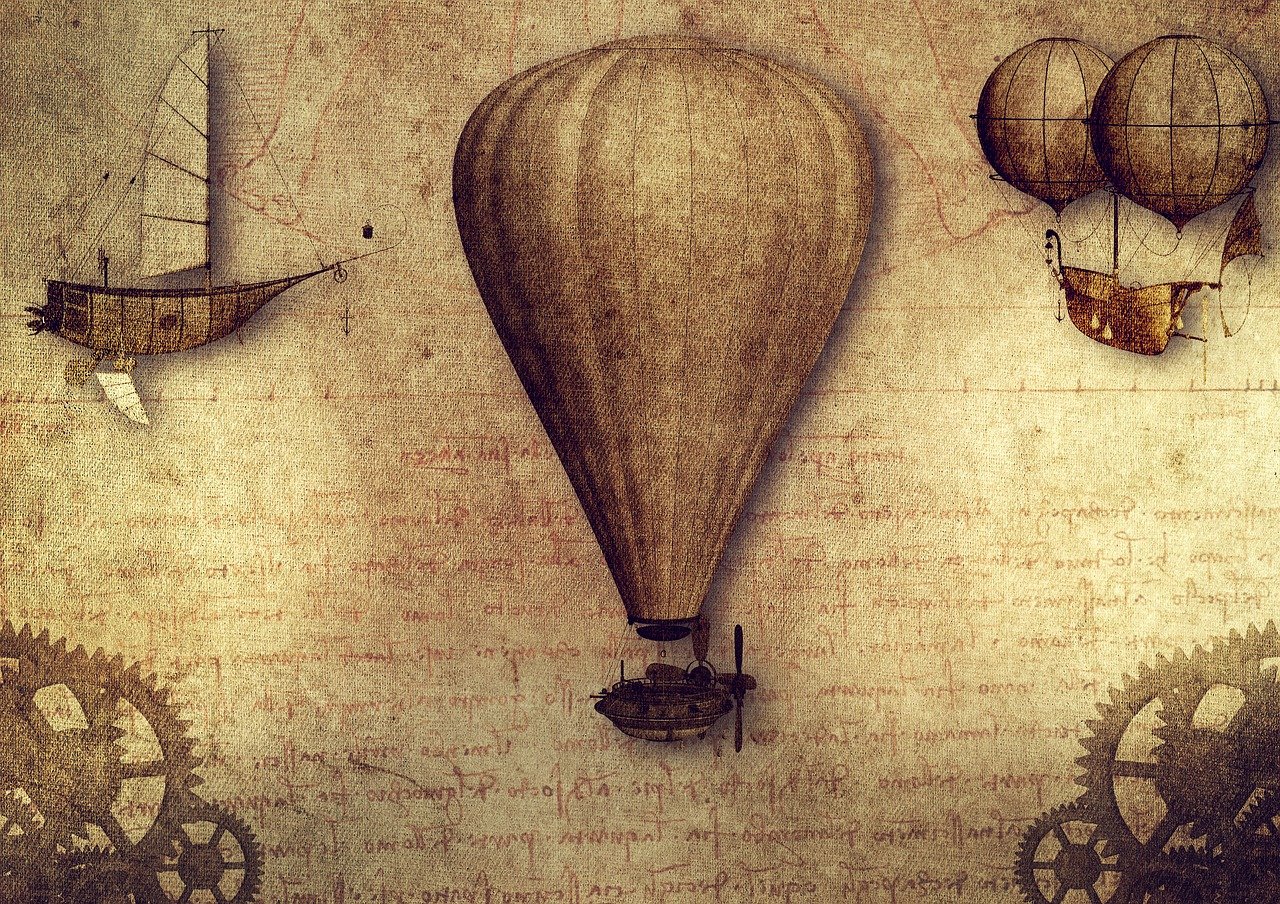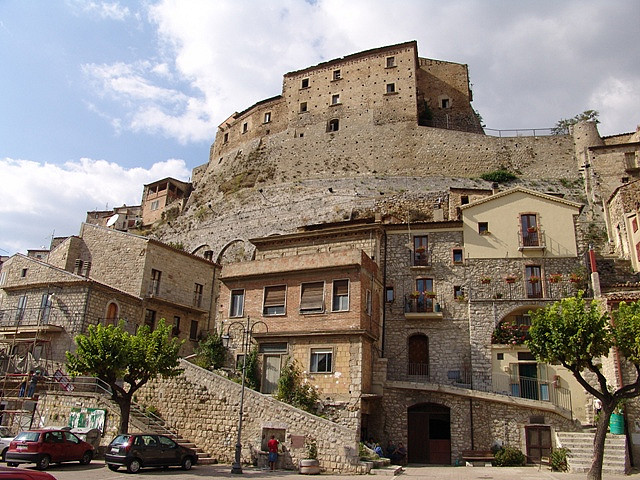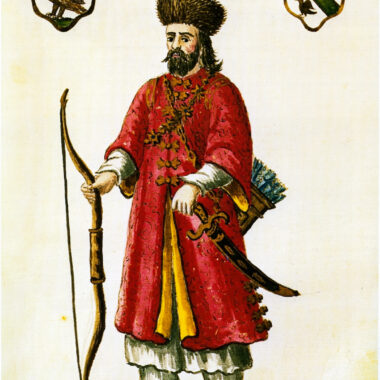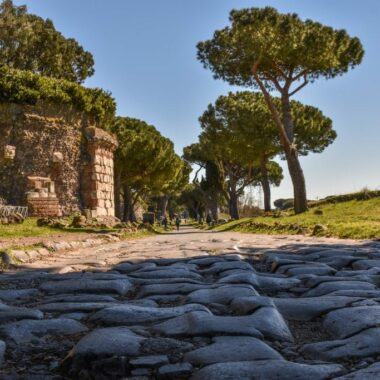10 Italian Inventions and Discoveries including firefighters and shopping centres
The list of things we relate with Italy is very long – and tasty – with pizza, pasta, coffee, cheese, tiramisu, cannoli, gelato, and wine all reminding us of the southern European country, which we can always spot on the map for its boot-like shape.
The pizza dates back to flatbreads popular with ancient Egyptians, Greeks, and Romans. However, the modern pizza we know today with tomato sauce, cheese, and toppings was first made in the 1800s in the large Southern city of Naples – still home to the popular Neapolitan pizza. The world’s first pizzeria, Antica Pizzeria Port’Alba, opened in the city center in 1830 and remains open today.
Meanwhile, Sicilian chef Procopio Cuto is credited with inventing the modern gelato, and the first Espresso machine prototype was designed in Turin in 1884 by Italian inventor Angelo Moriondo.
Here are ten incredible Italian inventions and discoveries that you wouldn’t expect.
- The Calculator
Programma 101 was the first desktop electronic programmable calculator. It was designed by a small team from manufacturer Olivetti between 1962 and 1964. Turin-born electrical engineer Pier Giorgio Perotto led the team.
Programma 101 was launched at the 1964 New York World’s Fair, and volume production started a year later in 1965. The calculator was priced at $3,200 (equivalent to £23,200 in 2022).
- A Casino
The first public, legal and government-owned casino, Ridotto, opened in Venice in 1638 after city leaders converted a wing of Palazzo Dandolo into a gambling house.
Ridotto, which translates to ‘private room’ in Italian, was open to the public. However, only nobles could afford to attend the venue due to its high stakes and formal dress code.
Ridotto was known to have offered the lottery-style game Biribi and the card game Basetta. Basetta was a cross between modern games blackjack, poker, and gin rummy.
In 1774, Venetian reformer Giorgio Pisani proposed a motion to the city to close the Ridotto, and after passing by an overwhelming majority, the casino closed its doors that same year.
- Dental Fillings
Roman encyclopaedist Cornelius Celsus first mentioned dental fillings in the 1st century AD. Cornelius was known for writing De Medicina, which is still one of the best sources concerning medical knowledge in the Roman world.
Several dental filling materials are available today, such as gold, porcelain, silver amalgam (mercury mixed with silver, tin, zinc, and copper), or composite resin fillings.
- Eyeglasses
Eyeglasses were invented in the 13th century by an unidentified glassmaker from Venice. However, later research by English medieval philosopher Roger Bacon aided the future development of eyeglasses – now more commonly known as glasses.
We have come a long way since the first pair of eyeglasses were made in Italy and today, some of the greatest makers of fashionable eyewear, including Prada and Dolce & Gabbana, are based in Italy.
(Image Source: Unsplash)
- Firefighting
The Triumviri Nocturni (‘three men of the night’) were privately owned slaves organized into a group to combat fire and conflagrations in Rome. The privately operated system became ineffective, so to keep himself and Rome safe, Roman emperor Nero Claudius Caesar Augustus Germanicus instituted a new public firefighting force in 60 AD.
They were known as Vigiles or the Vigiles Urbani (‘watchmen of the City’), and sometimes by their nickname Spartoli (‘little bucket fellows’), which somebody gave them because of the buckets they carried water in. Italy’s fire and rescue service is today known as the Vigilli del Fucco.
(Image Source: Pexels)
- Motorways
The first controlled access highway that directly connected two cities – Milan and Verses – was created by civil engineer and entrepreneur Piero Puricelli. He received authorization to begin building in 1921 and completed the construction of the A8, with one lane in each direction, between 1924 and 1926.
By the end of the 1930s, over 250 miles of motorways had been constructed throughout Italy, linking cities and rural towns. The total length of the Autostrada is now around 4,199 miles.
- Newspaper
The first newspapers began circulating in Venice in 1563. The handwritten news sheet, originally called a Gazette, featured reports of current events, facts, and information on wars and politics in Italy and Europe.
The oldest living newspaper in the world, which has also kept the same title, is the Gazzetta di Mantova, regularly published in Mantua, Italy, since 1664.
- Opera House
We all think of Sydney when we think of a grand Opera House. However, the first public opera house opened in Venice in 1637. Named the Teatro San Cassiano, it survived until 1800, with the entire building being demolished in 1812 to make room for houses.
Construction for the Sydney Opera House began hundreds of years later, in 1959, and the venue is now regarded as one of the world’s most famous and distinctive buildings.
(Image Source: Unsplash)
- Shopping Centre
The earliest example of a public shopping center was the Mercati di Traiano (Trajan’s Market) in Rome. It was built by Roman Syrian architect Apollodorus in around 100 AD. The market is now a large complex of ruins near the famous Colosseum and is available to explore as a tourist attraction.
Today, there are over 1,200 shopping centers throughout Italy – more than double the number of those in the United Kingdom, 550.
- Public Toilets
As part of the sanitation system of ancient Rome in the 2nd century BC, public toilets (known originally as latrines) were placed near or inside public baths. Disgustingly, they became a place to socialize as the rows of bench-like seats offered little privacy.
During the middle ages, sanitation began returning to a less developed state in Rome, so Britain and France later re-introduced public toilets (WC or water closets).
(Image Source: Unsplash)
| By Neve Wilkinson |
























